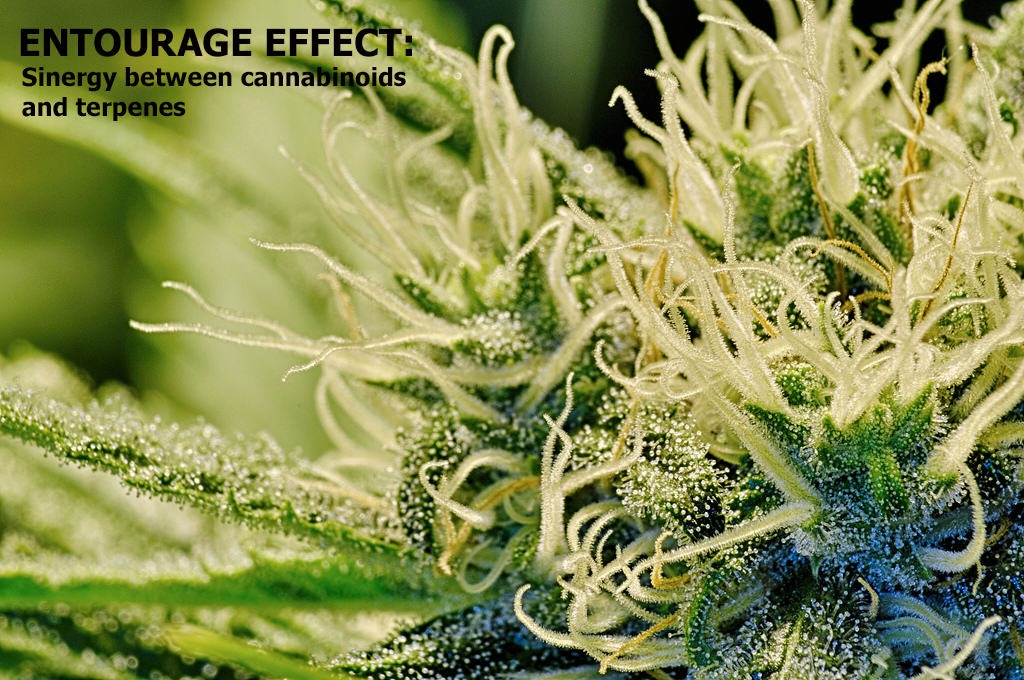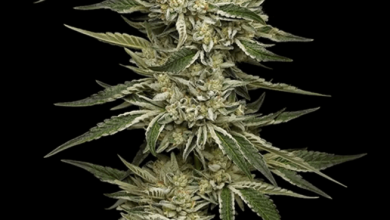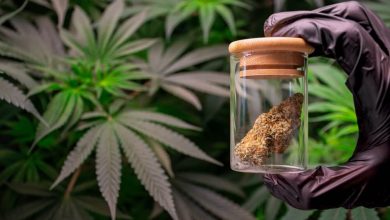¿What is FSO?- Alchimia Grow Shop
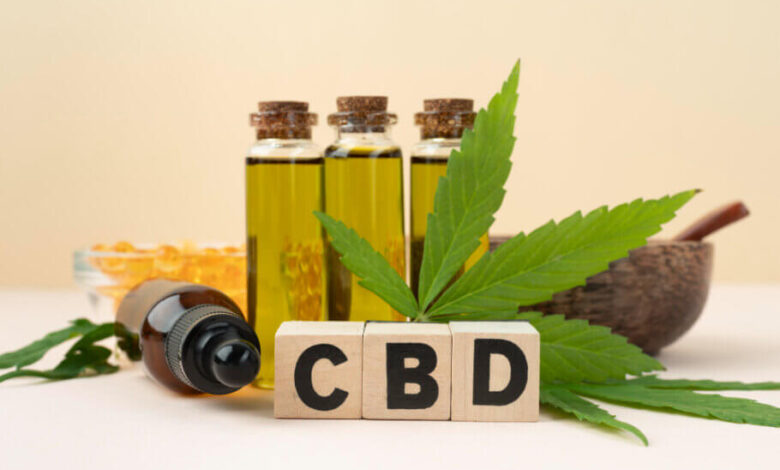
In the world of health and wellness, CBD, a non-psychoactive cannabinoid present in the cannabis plant, has gained notable prominence in recent years thanks to numerous studies, clinical trials, and patient testimonials. This compound has become the star ingredient in a wide range of products, from oils to creams and capsules. But what distinguishes the so-called Full Spectrum oils is that they are enriched not only with CBD but also with other cannabinoids and terpenes. And all this without exceeding the legal limit of THC, the main psychoactive component of cannabis.
Today we are going to explore this exciting world of full-spectrum oils or FSOs, and discover how these products offer a versatile and potentially beneficial alternative for those looking to experience the therapeutic effects of cannabis without the psychoactive side effects. We will also take a look at possible medical applications, their effects on health, and how they can be integrated into daily routines to improve overall well-being. Join us on this journey towards the discovery of a world of possibilities “without THC”, but with all the benefits that cannabis offers us.
What is cannabis oil?
First of all, and to avoid misunderstandings, we are going to establish a clear distinction between the two meanings that are usually given to the term “cannabis oil”; On the one hand, you may have sometimes heard of cannabis resin extractions called “oil”, as used to be done with BHO. Normally, these concentrates also contain THC, since what is done when making them is precisely that, concentrating all the cannabinoids and terpenes contained in the trichomes of the plants. Thus, we would be talking about extracts with THC and, therefore, illegal in many places. These are, therefore, cannabis resin concentrates that contain all the compounds present in the plant.
On the other hand, products that are sold in stores and pharmacies are also known as “cannabis oils”, although in this case, they are vegetable oils (sunflower, olive, cannabis seeds, coconut, etc.) to which cannabinoids and terpenes previously isolated from plants have been added. In this way, it is possible to control which compounds are added to the vegetable oil and in what concentration, usually starting from hemp or plants with hardly any THC. Thus, this second type of cannabis oil does comply with the law – by not containing THC or containing trace amounts – and can be purchased both in physical stores and online. And it can be obtained not only in the form of oil but also as creams, shampoos, bath gels, and a host of products to which CBD and other compounds can be added.
CBD oil and Full Spectrum oil: what is the difference?
Continuing with this second type of oil (enriched vegetable oil), we must make a second distinction, because when purchasing products enriched with CBD, they may only contain CBD or may contain the rest of the cannabinoids (CBC, CBN…), terpenes and flavonoids present in the plant matter from which the extract has been made. The first type (vegetable oil + CBD) is based on oil and isolated CBD and is useful if we are following a medical guideline that recommends the administration of CBD. It is a very simple way to be able to dose the exact amount of CBD that is being provided in each dose, in addition to being really comfortable to administer.
However, thanks to the so-called entourage effect, the action of CBD and the rest of the compounds that accompany them in FSO would be increased, meaning that this type of product would have a greater action on the body. Indeed, it seems that the administration of several compounds such as cannabinoids, terpenes, and flavonoids in the same compound enhances the action of all of them since synergies are established that enhance the effects of each substance contained in the extract. By mixing this with vegetable oil, you obtain a cocktail that can have a large number of health benefits.
The Entourage Effect: Synergy between cannabinoids and terpenes
Cannabinoids, terpenes, flavonoids and other compounds act together to modulate the effects of the cannabis plant in a synergy called “Entourage Effect”. In this article we tell you more about this interesting phenomenon.
What do FSO or Full Spectrum oils usually contain?
As you have seen, these types of oils contain substances that are usually found in cannabis plants, mainly cannabinoids and terpenes, but also flavonoids. These are some of the most important, although there are dozens more compounds present in this plant:
Cannabinoids
- Cannabidiol (CBD): CBD is one of the most studied and popular cannabinoids in cannabis. Unlike THC, it is non-psychoactive and does not produce “high” effects. It has been researched for its therapeutic properties, including pain relief, anxiety reduction, fighting inflammation, and the potential to treat disorders such as epilepsy.
- Cannabigerol (CBG): CBG is another non-psychoactive cannabinoid present in cannabis. It is often called the “father of cannabinoids” because it is a precursor to other cannabinoids such as THC and CBD. It is being investigated for its possible anti-inflammatory and neuroprotective properties. As it is a precursor to other compounds, it is usually found in small quantities.
- Cannabinoid CBC (CBC): CBC is a cannabinoid that is non-psychoactive and is found in lower concentrations than THC and CBD. It has been researched for its ability to relieve pain and inflammation, and is also credited with antibacterial and antifungal properties.
- Cannabinol (CBN): CBN is a cannabinoid that is formed from the degradation of THC. Although it is not as well-known as THC or CBD, it has been studied for its sedative properties and may be useful for treating insomnia and relieving pain. It is believed to have therapeutic potential in the area of sleep.
Each of these cannabinoids has its own characteristics and potential therapeutic benefits. Of course, the combination of cannabinoids in a cannabis plant can vary depending on various factors, such as the variety grown, climate or environment, or nutrition, resulting in different cannabinoid profiles and effects. As cannabis research continues, more details are being discovered about how these cannabinoids interact with each other and the human body, opening up new perspectives for the development of medical treatments and wellness products.
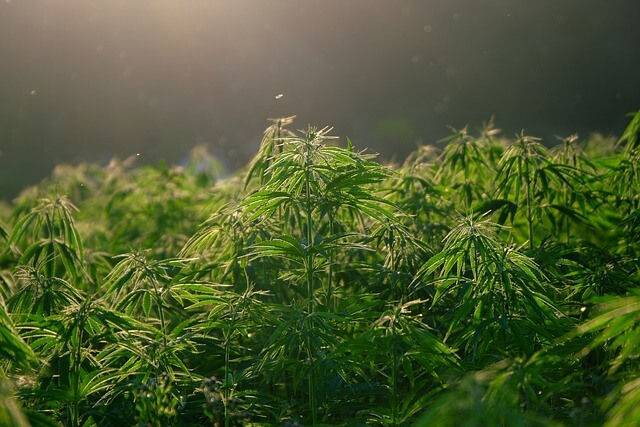
Terpenes
- Pinene: Pinene is a terpene found in many cannabis varieties, as well as other plants such as pines and firs. It has a fresh, piney aroma and has been associated with effects that can improve memory and concentration. Pinene may also have anti-inflammatory and bronchodilator properties.
- Humulene: Humulene is another common terpene in cannabis and is also found in hops, a plant used in brewing beer. It has a woody and earthy aroma and has been studied for its potential anti-inflammatory and analgesic effects. In addition, appetite-suppressant properties are attributed to it.
- Myrcene: Myrcene is one of the most abundant terpenes in cannabis and is found in plants such as basil and thyme. It has an earthy and herbal aroma and is believed to contribute to relaxing and sedative effects. It can act in synergy with THC to increase its potency.
- Linalool: Linalool is known for its floral and lavender aroma. It has been associated with anti-anxiety and relaxing properties and may be useful in relieving stress and anxiety. It is also found in several aromatic plants in addition to cannabis.
- Limonene: As its name suggests, limonene has a citrusy, lemony aroma and is found in citrus fruits such as oranges and lemons. It has stimulant properties and has been associated with effects that can improve mood and mental clarity. It has also been researched for its potential to relieve heartburn and inflammation.
These are just a few of the terpenes present in cannabis, and each strain may have a unique combination of terpenes that contributes to its flavor and aroma profile, as well as its therapeutic effects. The interaction of terpenes and cannabinoids in cannabis is an ever-growing area of research that is shedding light on how these molecules work together to produce a variety of effects on the body and mind.
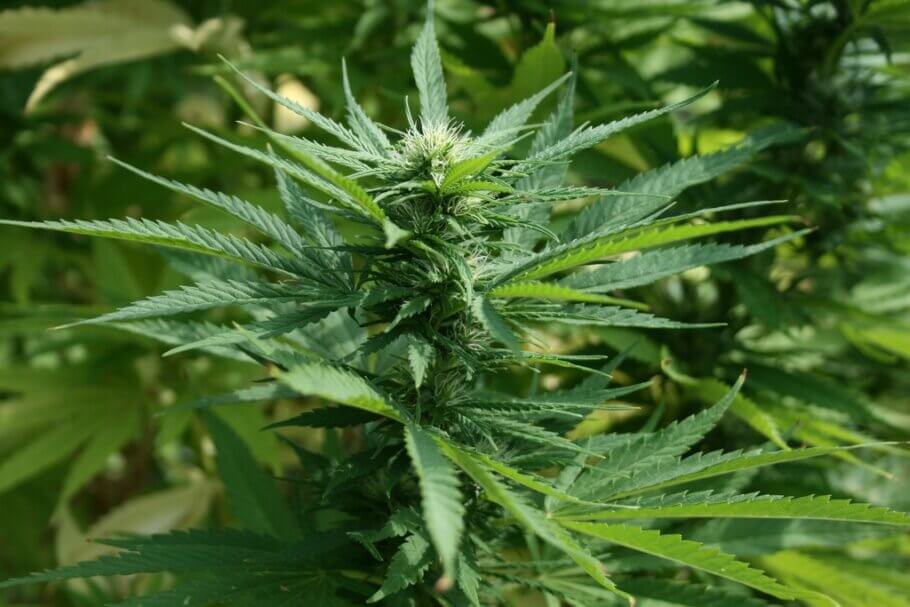
Flavonoids
- Cannaflavins: Cannaflavins are a group of unique flavonoids found specifically in cannabis. They are known as cannaflavin A, cannaflavin B, and cannaflavin C. Their potential as anti-inflammatory and analgesic agents has been investigated, and they are believed to work in synergy with cannabinoids and other cannabis compounds to enhance their therapeutic effects.
- βeta-Sitosterol: Although not exclusive to cannabis, βeta-Sitosterol is a phytochemical present in several plants, including cannabis. It has been studied for its potential to reduce cholesterol and inflammation and may have antioxidant and anti-inflammatory properties.
- Kaempferol: Kaempferol is a flavonol found in many plants, including cannabis. It has antioxidant and anti-inflammatory properties and has been associated with possible cardiovascular health benefits. It is also found in foods such as tea, apples, and onions.
- Quercetin: Quercetin is a flavonoid widely distributed in nature and is found in cannabis. It is known for its antioxidant and anti-inflammatory properties and may help protect against oxidative stress and inflammation. It is found in foods such as apples, onions, and grapes.
- Luteolin: Luteolin is another flavonoid present in cannabis and several other plants. It has been investigated for its potential anti-inflammatory and antioxidant effects and has been studied in relation to brain protection and nervous system health. It is found in foods such as celery, peppers, and parsley.
These flavonoids, along with other compounds present in cannabis, contribute to the unique chemical profile of each variety (even plant) of cannabis. Although research on flavonoids in cannabis is still developing, they are believed to play an important role in the plant’s interaction with the human body and may have health benefits that are increasingly being explored in scientific studies. In fact, many of them can be purchased in the form of food supplements without any problem.
As you can see, there are many possibilities if you want to use CBD to treat an ailment or symptom, since these types of oils are usually found in various formats, concentrations, and mixtures. Visit our CBD shop and you will discover that you have a whole world of possibilities!
The articles published by Alchimiaweb, S.L. are reserved for adult clients only. We would like to remind our customers that cannabis seeds are not listed in the European Community catalogue. They are products intended for genetic conservation and collecting, in no case for cultivation. In some countries it is strictly forbidden to germinate cannabis seeds, other than those authorised by the European Union. We recommend our customers not to infringe the law in any way, we are not responsible for their use.
